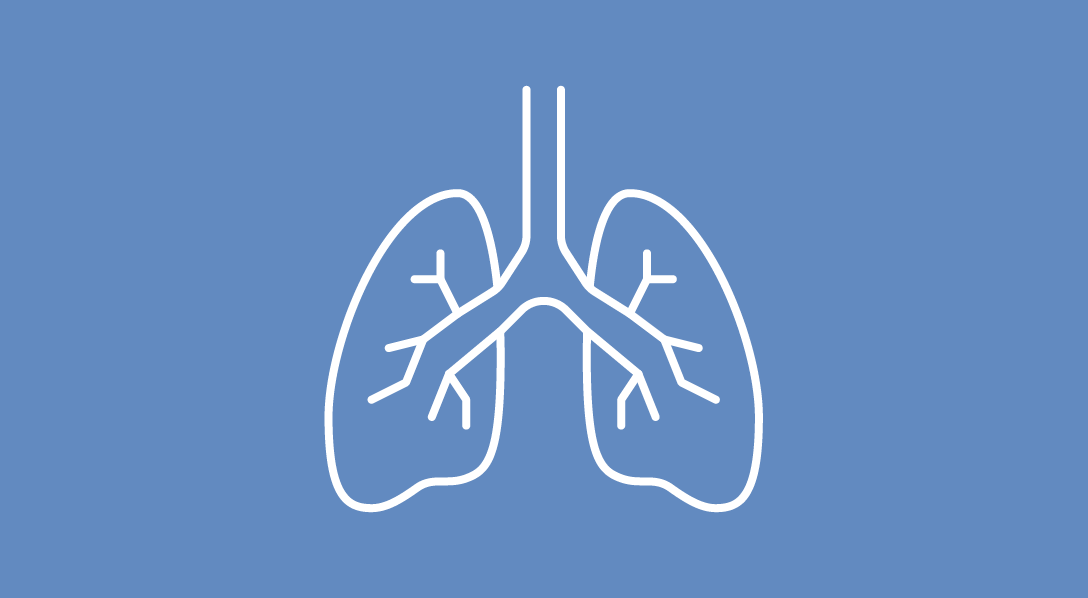Amivantamab Plus Chemo Extends Time to Treatment Discontinuation, Subsequent Therapy in EGFR Exon 20+ NSCLC
Patients with EGFR exon 20 insertion–mutated NSCLC treated with amivantamab plus chemotherapy experienced an extension in the time to treatment discontinuation and subsequent therapy.
Amivantamab Plus Chemo Extends Time to Treatment Discontinuation, Subsequent Therapy in EGFR Exon 20+ NSCLC

Patients with EGFR exon 20 insertion–mutated non–small cell lung cancer (NSCLC) treated with front-line amivantamab-vmjw (Rybrevant) plus chemotherapy obtained a significantly extended the time to treatment discontinuation (TTD) and time to subsequent therapy (TTST) compared with chemotherapy alone as frontline therapy, meeting additional secondary and exploratory end points from the phase 3 PAPILLON trial (NCT04538664).1
In results presented at the 2024 European Lung Cancer Congress at a median follow-up of 14.9 months, the median TTD was 13.2 months (95% CI, 11.8-15.2) with the combination vs 7.5 months (95% CI, 7.0-8.4) with chemotherapy alone (HR, 0.38; 95% CI, 0.28-0.51; P <.0001). At 12 and 18 months, 58% and 35% of patients, respectively, remained on treatment with the combination vs 21% and 5% of those who remained on chemotherapy alone.
The median TTST was 17.7 months (95% CI, 13.7–not evaluable [NE]) with the combination vs 9.9 months (95% CI, 8.6-11.1) with chemotherapy alone (HR, 0.35; 95% CI, 0.25-0.49; P <.0001). At 12 and 18 months, 68% and 49% of patients, respectively, did not receive subsequent therapy on the combination arm vs 36% and 14% of those who received chemotherapy alone.
“Amivantamab plus chemotherapy is the new first-line standard of care for [patients with] EGFR exon 20 insertion–positive advanced NSCLC,” lead study author Enriqueta Felip, MD, PhD, section chief at Vall d’Hebron University Hospital in Barcelona, Spain, said in a presentation of the data.
On March 1, 2024, the FDA approved amivantamab for use in combination with carboplatin and pemetrexed (Alimta) as first-line therapy for patients with locally advanced or metastatic NSCLC with EGFR exon 20 insertion mutations, as detected by an FDA-approved test. The FDA simultaneously granted traditional approval to amivantamab for patients with locally advanced or metastatic NSCLC with EGFR exon 20 insertion mutations following disease progression on or after platinum-based chemotherapy.2
The pivotal PAPILLON study evaluated the activity of amivantamab, an EGFR-MET bispecific antibody with immune cell–directing activity, in combination with chemotherapy in patients with previously untreated, locally advanced or metastatic EGFR exon 20 insertion–mutated NSCLC.
Eligible patients were randomly assigned 1:1 to amivantamab plus chemotherapy (n = 153) or chemotherapy (n = 155). Patients assigned to chemotherapy were allowed to cross over to receive amivantamab monotherapy in the second line at the time of progression.
Amivantamab was given at a dose of 1400 mg (1750 mg if ≥80 kg) for the first 4 weeks, then 1750 mg (2100 mg if ≥80 kg) every 3 weeks starting at week 7. Chemotherapy was given on the first day of each 21-day cycle consisting of carboplatin at an area under the curve of 5 for the first 4 cycles and pemetrexed at 500 mg/m2 until disease progression.
The primary end point of the study was progression-free survival (PFS). Secondary end points included objective response rate, duration of response, overall survival (OS), PFS after first subsequent therapy (PFS2), time to symptomatic progression, TTST, and safety. TTD was an exploratory end point.
Earlier findings presented at the 2023 ESMO Congress showed that the study met its primary end points, improving median PFS by 4.7 months with the addition of amivantamab.3
As part of the TTD analysis, Felip reported that 54% (n = 83/153) of patients in the combination arm discontinued treatment vs 85% (n = 131/155) of those in the chemotherapy alone arm. The primary reason for discontinuation was progressive disease with both the combination (33%) and chemotherapy alone (69%).
Felip also noted that 11 patients in the combination arm were treated beyond progression for a median of 40.4 weeks (95% CI, 8.7-NE).
Notably, patients in the combination arm experienced lower rates of progression vs chemotherapy alone, respectively, in the lymph nodes (3.3% vs 5.2%), soft tissue/muscle (0% vs 0.6%), bone (11.1% vs 12.3%), abdominal viscera (5.2% vs 18.7%), brain (5.2% vs 9.0%), and lung/pleura (11.1% vs 22.6%).
During the study period, 43 patients in the combination arm vs 94 patients in the chemotherapy arm received subsequent therapy. The most common first subsequent therapy class in the combination arm was chemotherapy (30%), followed by EGFR TKIs (21%), chemotherapy plus immunotherapy and VEGF inhibition (21%), EGFR TKI combination (7%), and other (21%). In the chemotherapy arm, most patients went on to receive amivantamab (76%), followed by EGFR TKIs (7%), chemotherapy plus immunotherapy and VEGF inhibition (7%), chemotherapy, EGFR TKI combination, or other.
Among the patients in the chemotherapy alone arm who crossed over to receive amivantamab monotherapy (n = 65), the median PFS and OS was 6.8 months (95% CI, 4.1-9.6) and 17.7 months (95% CI, 12.1-NE), respectively. With a median follow-up of 9.8 months, the 6- and 12-month PFS rates with amivantamab monotherapy were 52% and 25%, respectively; the 12-month OS rate was 70%. The median TTD and TTST were both 9.7 months.
“Safety and efficacy for every 3-week amivantamab were consistent with the every-2-week results from CHRYSALIS [NCT02609776] in post-platinum EGRF exon 20 insertion–mutated advanced NSCLC,” Felip said in conclusion.
References
- Felip E, Shu C, Aguilar A, et al. Amivantamab plus chemotherapy vs chemotherapy as first-line treatment in EGFR exon 20 insertion–mutated advanced NSCLC: analysis of post-progression endpoints from PAPILLON. Presented at: 2023 European Lung Cancer Congress; March 20-23, 2023; Prague, Czech Republic. Abstract 2MO.
- FDA approves amivantamab-vmjw for EGFR exon 20 insertion-mutated non-small cell lung cancer indications. FDA. March 1, 2024. Accessed March 20, 2024. https://www.fda.gov/drugs/resources-information-approved-drugs/fda-approves-amivantamab-vmjw-egfr-exon-20-insertion-mutated-non-small-cell-lung-cancer-indications
- Girard N, Park K, Tang K, et al. Amivantamab plus chemotherapy vs chemotherapy as first-line treatment in EGFR exon 20 insertion–mutated advanced non-small cell lung cancer (NSCLC). Ann Oncol. 2023;34(suppl 2):S1304. doi:10.1016/j.annonc.2023.10.060



